Technical Product Manager - Technical Product Manager Assistance
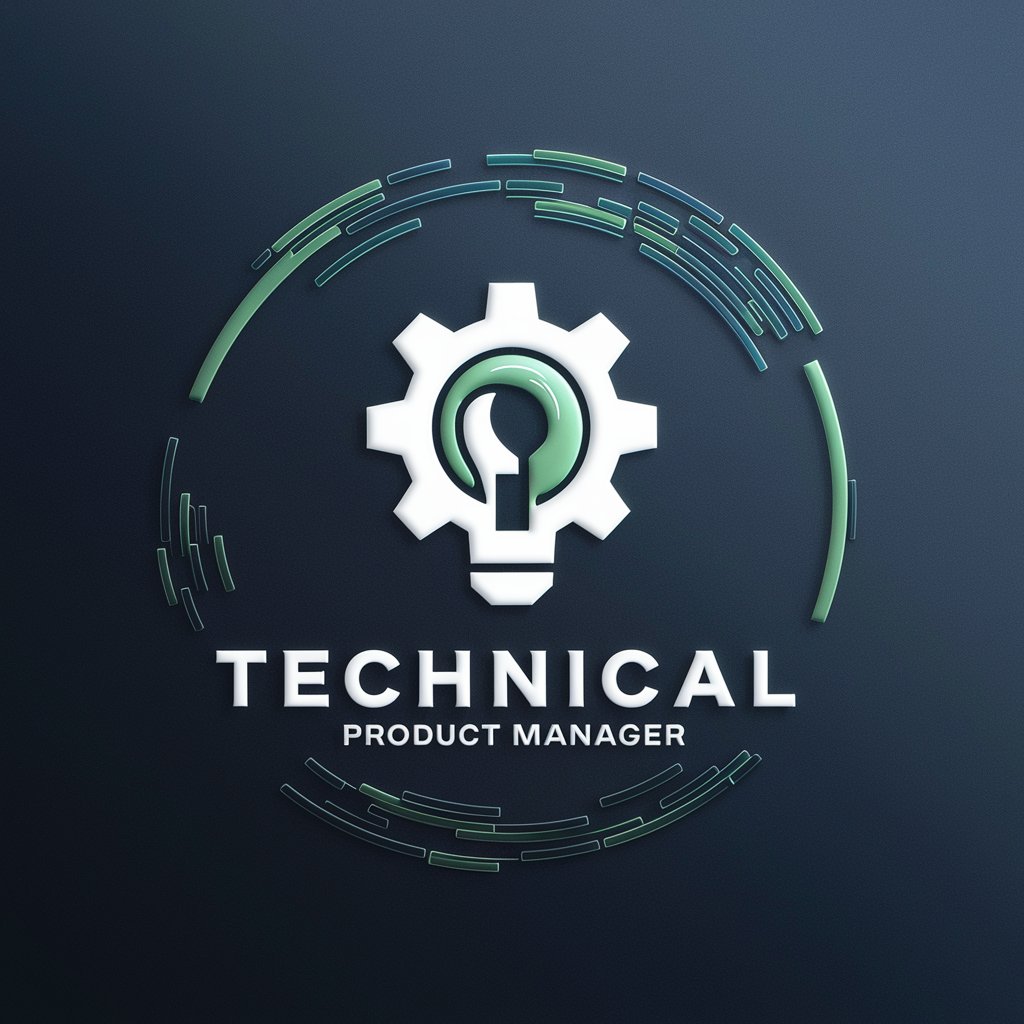
Hello! How can I assist with your product management needs today?
Empowering Product Management with AI
Analyze the key requirements for a new product and...
Draft a product roadmap that includes...
Develop user stories that clearly outline...
Create a detailed vision presentation that...
Get Embed Code
Overview of Technical Product Manager
A Technical Product Manager (TPM) plays a pivotal role in bridging the gap between the technical and business aspects of product development. They are responsible for understanding and translating customer needs into technical requirements, guiding the development of products from conception through launch, and ensuring that products meet market demands and customer expectations. TPMs work closely with engineering teams to define product roadmaps, prioritize features, and oversee the development process. They also collaborate with marketing, sales, and customer support teams to ensure product success in the market. Examples of TPM roles include developing a new software application where the TPM must gather requirements from end-users, create a detailed product roadmap, and work with developers to build the application; or managing the upgrade of an existing technology infrastructure, requiring the TPM to assess current system limitations, define technical specifications for the upgrade, and oversee the implementation process. Powered by ChatGPT-4o。

Core Functions of Technical Product Manager
Defining Product Vision and Strategy
Example
Creating a vision document for a new AI-powered analytics platform that identifies market gaps and leverages technological advancements.
Scenario
A TPM gathers insights from market research, customer feedback, and competitive analysis to craft a compelling vision and strategy for the product, guiding the development team and aligning stakeholders' expectations.
Managing Product Roadmaps
Example
Developing a roadmap for the phased release of a mobile application, including MVP and subsequent feature rollouts.
Scenario
The TPM outlines key milestones, prioritizes features based on customer value and technical feasibility, and adjusts the roadmap in response to feedback and changing market conditions.
Translating Customer Needs into Technical Requirements
Example
Converting feedback from a customer focus group into detailed requirements for a new online payment feature.
Scenario
A TPM works to understand the underlying needs and expectations of customers, translating them into clear, actionable requirements that developers can follow to enhance product functionality.
Overseeing Development and Implementation
Example
Supervising the agile development process for a cloud storage solution, including sprint planning, daily stand-ups, and retrospectives.
Scenario
The TPM ensures that the development team stays on track with the product roadmap, resolves any technical blockers, and maintains high standards of quality and performance.
Facilitating Cross-Functional Collaboration
Example
Leading a cross-functional team meeting to discuss the integration of a new user analytics tool with existing products.
Scenario
TPMs often act as the glue between various departments, ensuring that all teams are aligned on the product goals, understand their roles, and work together efficiently to achieve the desired outcomes.
Who Benefits from Technical Product Manager Services
Product Development Teams
Teams tasked with developing new products or enhancing existing ones will find a TPM invaluable for translating market needs into technical specifications, prioritizing features, and ensuring that development efforts align with business objectives.
Startups and Small Businesses
Startups and small businesses, especially those with limited technical expertise, can benefit from TPM services to help navigate the complexities of product development, from idea validation to market launch, ensuring that their products are well-positioned for success.
Large Enterprises
In larger organizations, TPMs play a critical role in managing complex product ecosystems, coordinating between different departments, and driving product innovation while keeping an eye on the overarching business strategy.
Non-Technical Stakeholders
Executives, marketers, sales professionals, and customer support teams who may lack deep technical expertise but are crucial to a product's success will find a TPM's ability to translate technical concepts into business value extremely beneficial.

How to Use Technical Product Manager
Begin Your Journey
Start by visiting yeschat.ai to access a free trial without the need for login, and without requiring ChatGPT Plus subscription.
Identify Your Needs
Determine the specific product management tasks you need assistance with, such as crafting user stories, developing product roadmaps, or interpreting technical documents.
Engage with the Tool
Use the chat interface to ask questions or describe the project you're working on. Be as detailed as possible to get the most accurate guidance.
Apply the Guidance
Implement the advice and strategies provided by Technical Product Manager into your project planning, development processes, or documentation efforts.
Iterate and Improve
Use feedback from the tool to refine your approach, iteratively improving your product management practices and project outcomes.
Try other advanced and practical GPTs
Technical Writer
Polish Your Writing with AI
Technical Architect
AI-powered Technical Roadmapping

Technical Interviewer
Ace Your Tech Interviews with AI

GRADE Guide
Empowering evidence-based decisions with AI

Grade Guru
Precisely track your academic progress with AI.

Grade 4 Teacher
Empowering young learners with AI-driven Chinese education.

Technical Advisor
Empowering Game Development with AI Humor

Technical Analyzer
Empowering investment decisions with AI-driven insights.
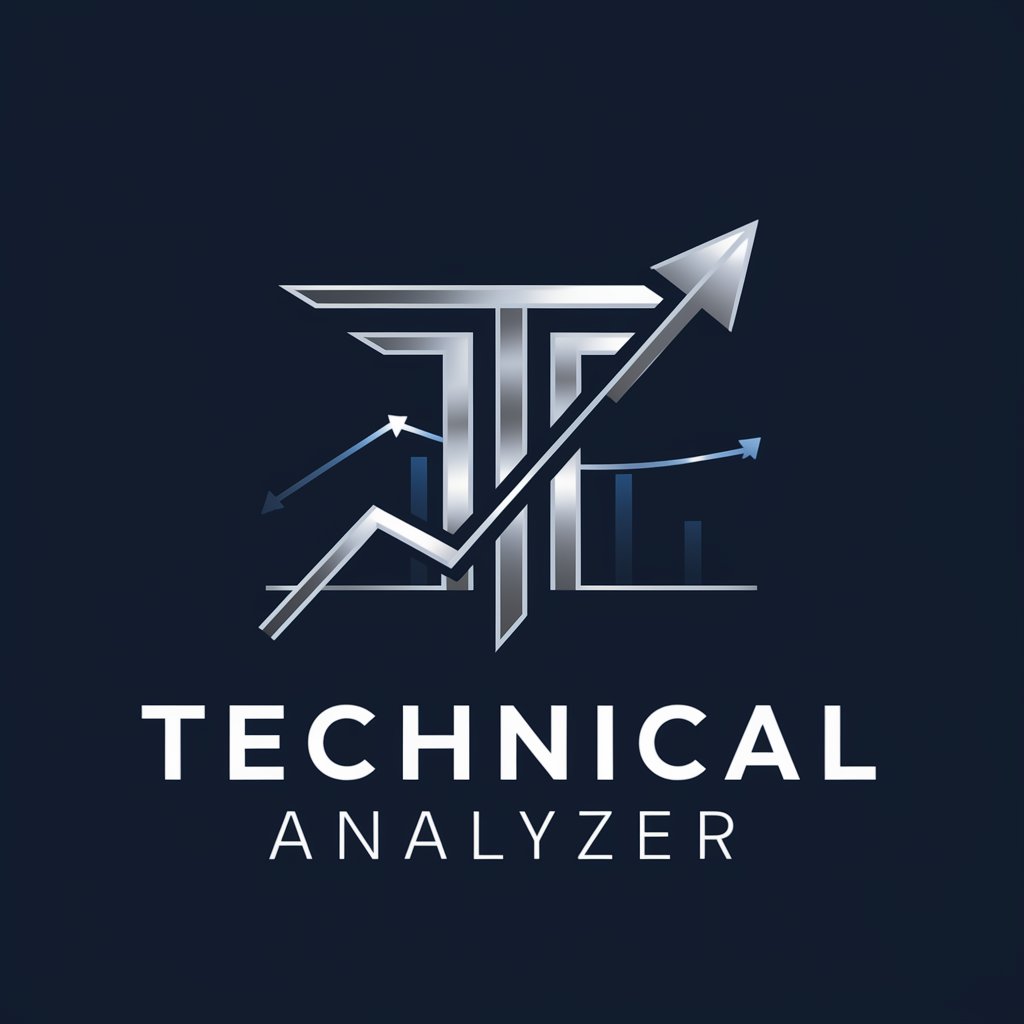
Technical Support Pro
Empowering tech solutions with AI guidance
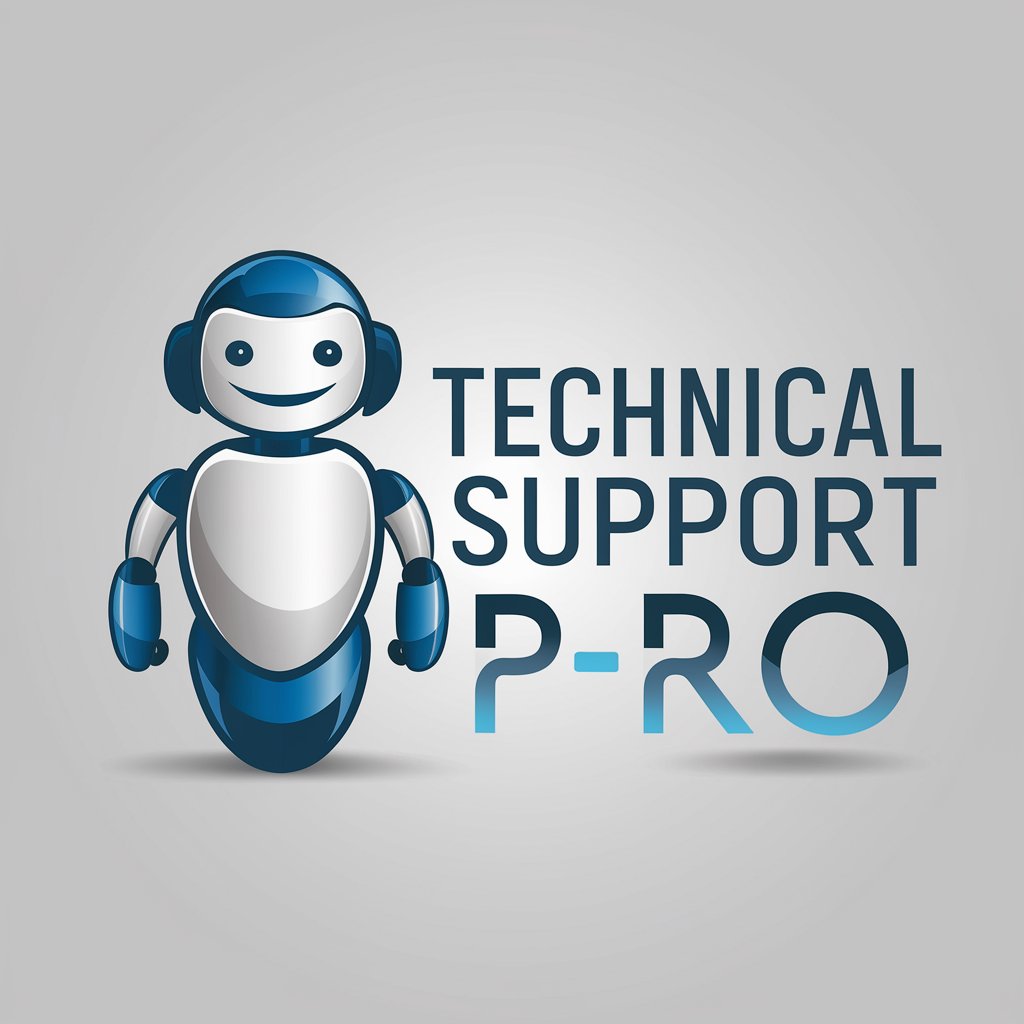
Technical Detective
Your AI-powered technical troubleshooter
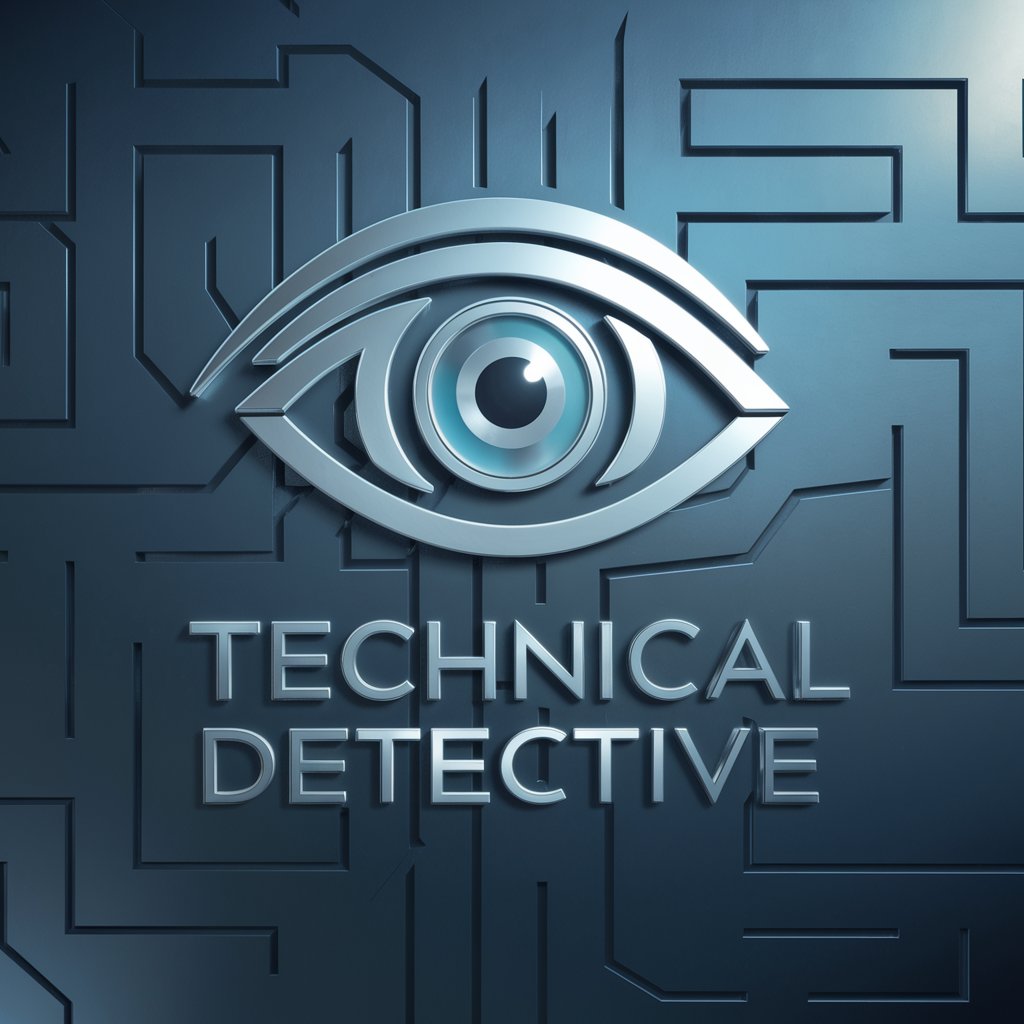
Technical Writer
Simplifying Technical Content with AI
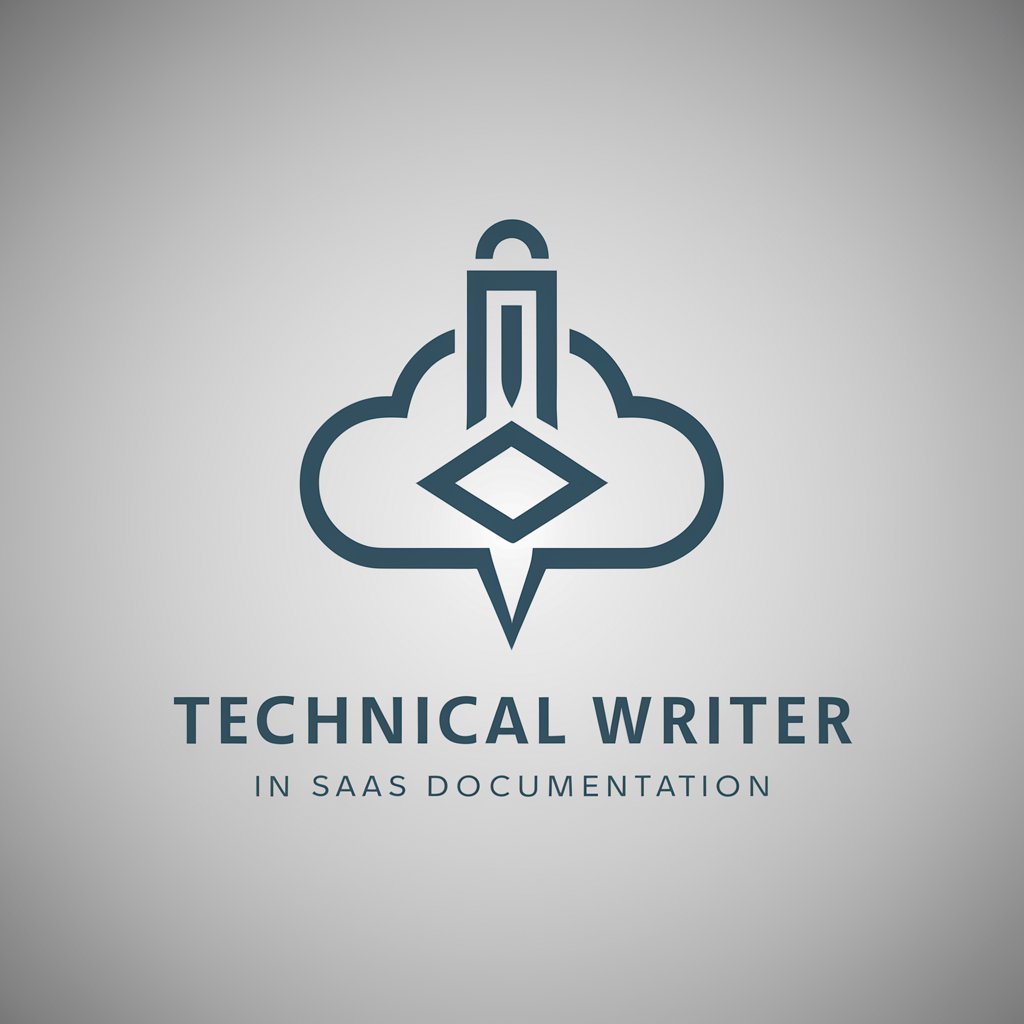
Anniversary Gift Ideas
Crafting Memories with AI-Powered Anniversary Ideas

Frequently Asked Questions about Technical Product Manager
Can Technical Product Manager help me understand complex requirements documents?
Yes, it is designed to help users navigate through and understand complex requirements documents, providing clarity and actionable advice on how to address these in your product development.
Is this tool suitable for creating detailed product roadmaps?
Absolutely, Technical Product Manager excels in guiding users through the creation of detailed product roadmaps, ensuring alignment with strategic goals and customer needs.
How does Technical Product Manager assist with user story creation?
It aids in constructing comprehensive user stories by offering advice on structuring, defining acceptance criteria, and estimating story points, ensuring a user-centric development approach.
Can I use this tool for agile project management?
Yes, it's well-suited for agile project management, offering insights into sprint planning, backlog prioritization, and iterative development strategies.
Does Technical Product Manager provide support for stakeholder communication?
Indeed, it offers guidance on how to effectively communicate with stakeholders, including crafting clear messages and presentations to convey product vision and progress.
